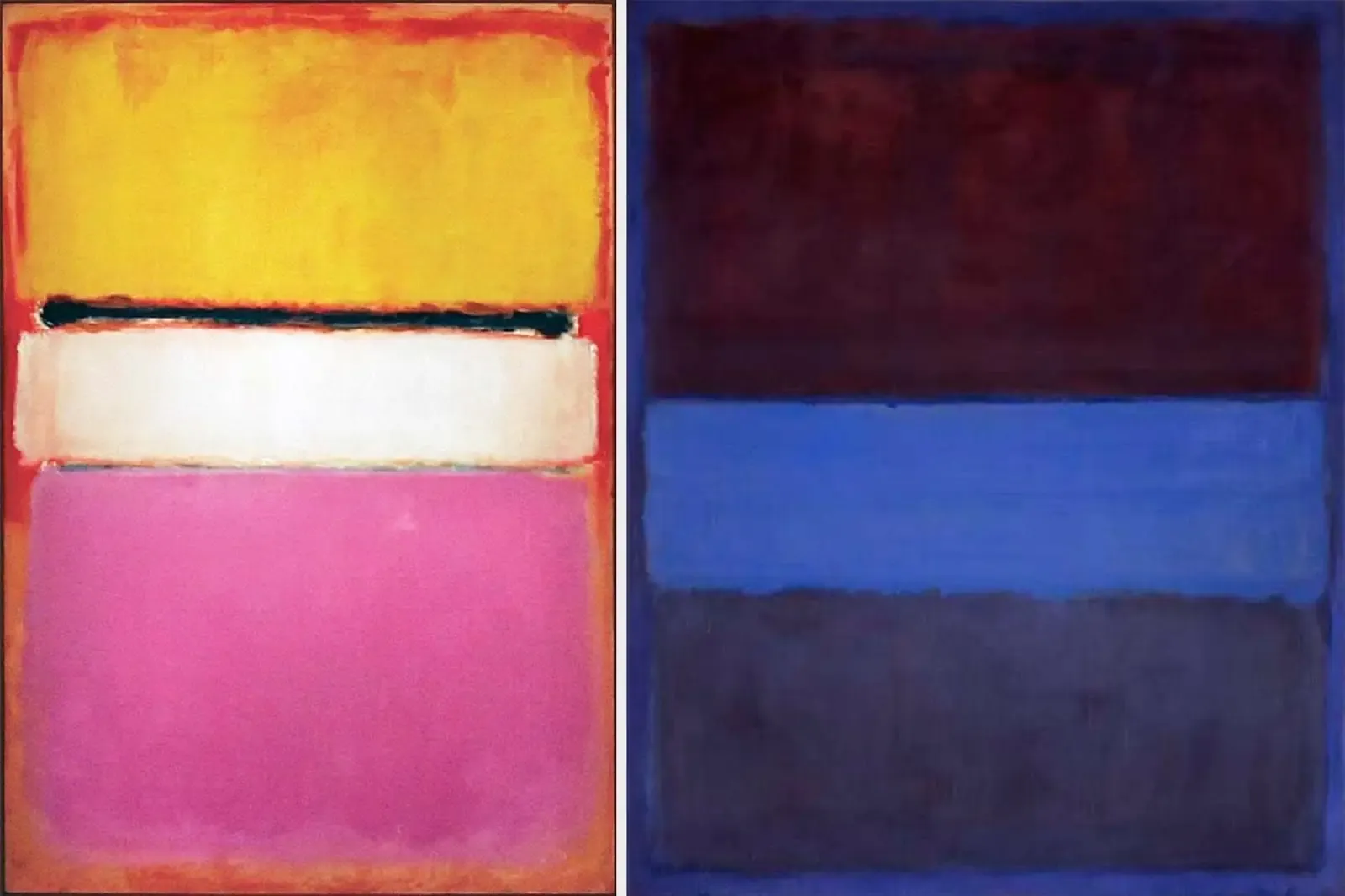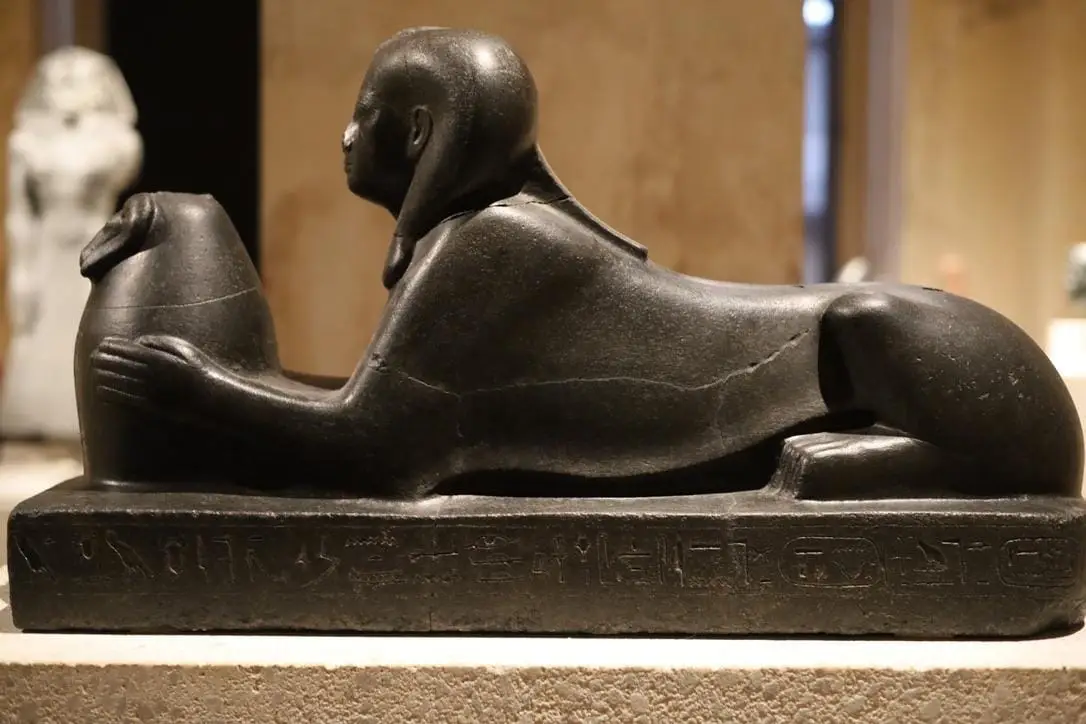Famous Watercolor Paintings and Artists: Iconic Masterpieces and the Evolution of the Art Form
The subtle transparent nature of watercolor painting has captivated artists and spectators for hundreds of years. This flexible water-based medium creates effects that extend from soft transitions to bold splashes and excels at producing detailed artwork together with atmospheric imagery. Watercolor started as a sketching tool but evolved into a celebrated art form through masterpieces by renowned artists.
The Origins and Evolution of Watercolor
Watercolor painting originated in ancient civilizations but it developed into its contemporary form during the Renaissance period. Watercolor served as a fundamental sketching tool until Albrecht Dürer and his contemporaries mastered it for botanical illustrations and nature studies along with complex drawings. The 18th-century English School of watercolor painting elevated the medium to prominence with its landscape work which marked a significant turning point.
Artists such as J.M.W. The work of artists J.M.W. Turner, Cotman and Girtin led to innovative watercolor methods that evolved the medium from simple sketches into finished artistic pieces. Watercolor evolved into a recognized fine art medium during the 19th century serving both landscape paintings and scientific illustrations.
Albrecht Dürer (1471-1528)
As a German Renaissance artist Albrecht Dürer stands out as one of the earliest skilled practitioners of watercolor known to historians. His precise focus on details within his art allowed him to elevate watercolor to a recognized fine art medium especially through his depictions of natural landscapes. Albrecht Dürer showcased his remarkable talent for detailed rendering in scientific drawings of botanical, zoological, and anatomical subjects.
Dürer's "Young Hare" (1502) showcased his masterful watercolor abilities that became a signature aspect of his artistic expertise. Through soft detailed rendering of the hare's fur Dürer achieves a lifelike effect that contrasts with the precise linework of the background typical of his botanical and zoological studies. Dürer successfully combines watercolor methods with exact drawing abilities to create a realistic and harmonious representation of nature.
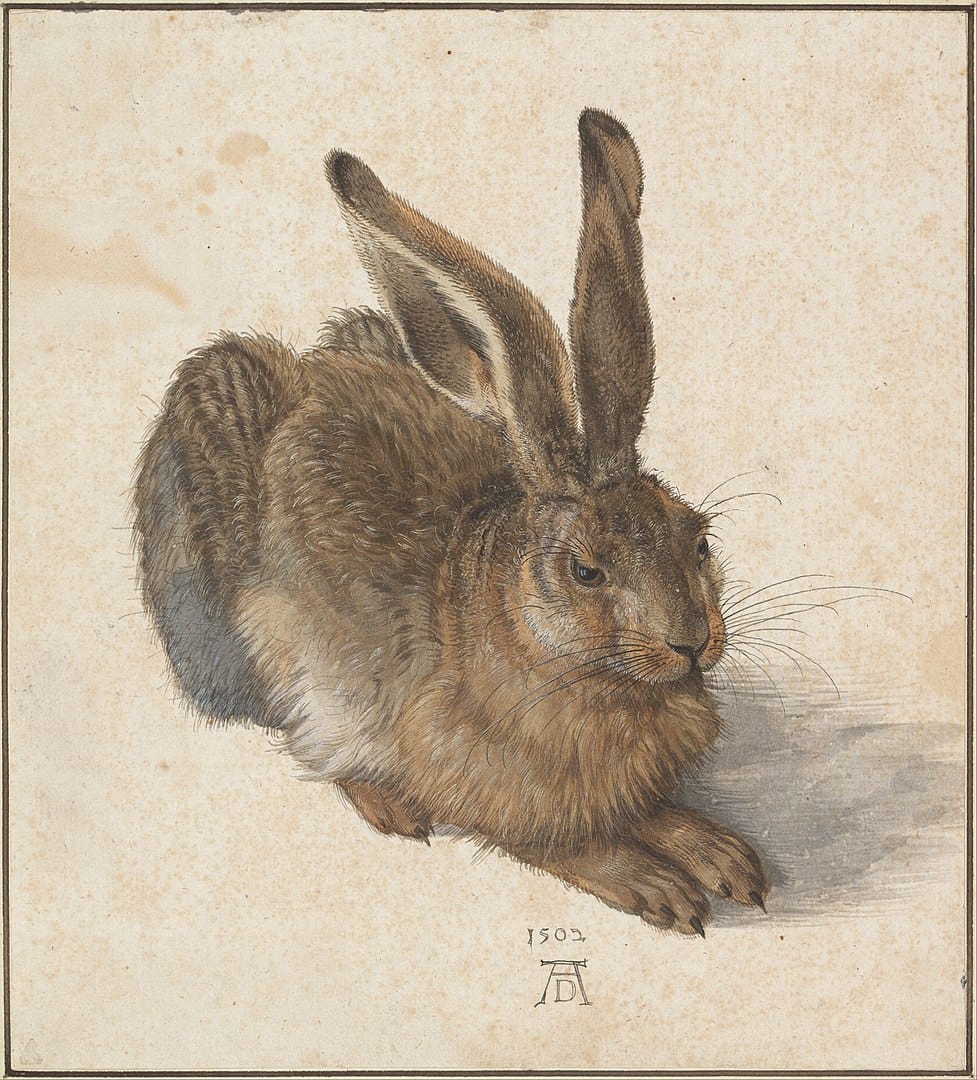
J.M.W. Turner (1775-1851)
J.M.W. Turner ranks as one of the foremost figures who impacted the evolution of watercolor painting. J.M.W. Turner received acclaim as a British Romantic artist who specialized in striking landscape paintings. Turner made watercolor an expressive medium that portrayed natural landscapes and demonstrated dramatic light and atmospheric effects. His revolutionary color techniques and fluid brushstroke method revolutionized landscape painting.
"The Blue Rigi, Sunrise" (1842) exemplifies J.M.W. Turner's exceptional skill in watercolor painting. Turner's mastery in watercolor painting. The Swiss Alps at dawn come alive through Turner’s soft ethereal washes that exhibit his skillful handling of color and light manipulation. Turner's watercolor paintings show his unique capability to portray the fleeting nature of light through soft atmospheric effects and delicate color palettes which exemplify Romanticism.
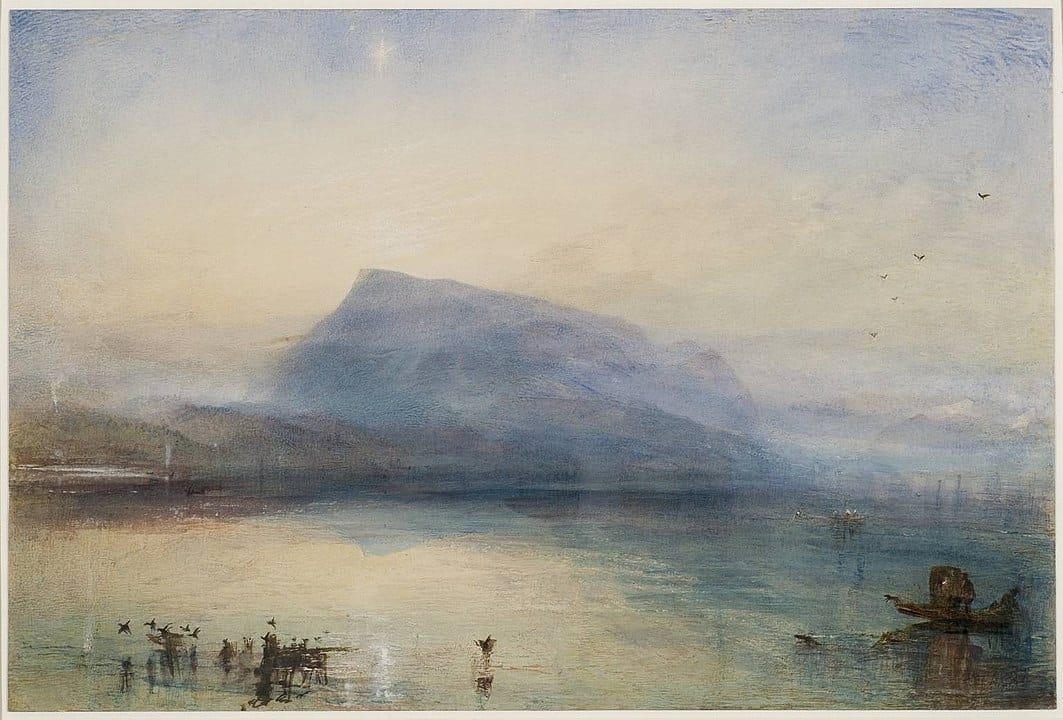
Thomas Girtin (1775-1802)
Thomas Girtin served as an English artist who operated during the same timeframe as Turner and pushed watercolor painting forward during the early 1800s. Girtin achieved renown for his dynamic landscapes by developing watercolor techniques that conveyed natural emotion instead of just visual representation. His use of stark light and dark contrasts allowed him to create dynamic landscapes with a cinematic appearance.
Thomas Girtin displayed his watercolor mastery in "The White House at Chelsea" (1801) to capture the grandeur of natural landscapes. Girtin's painting showcases broad skies and intricate elements to deliver a sweeping landscape that proves his talent in capturing nature's vast expanses alongside its detailed characteristics. His compositions which showcased depth and dramatic lighting served as inspiration for watercolorists including Turner.
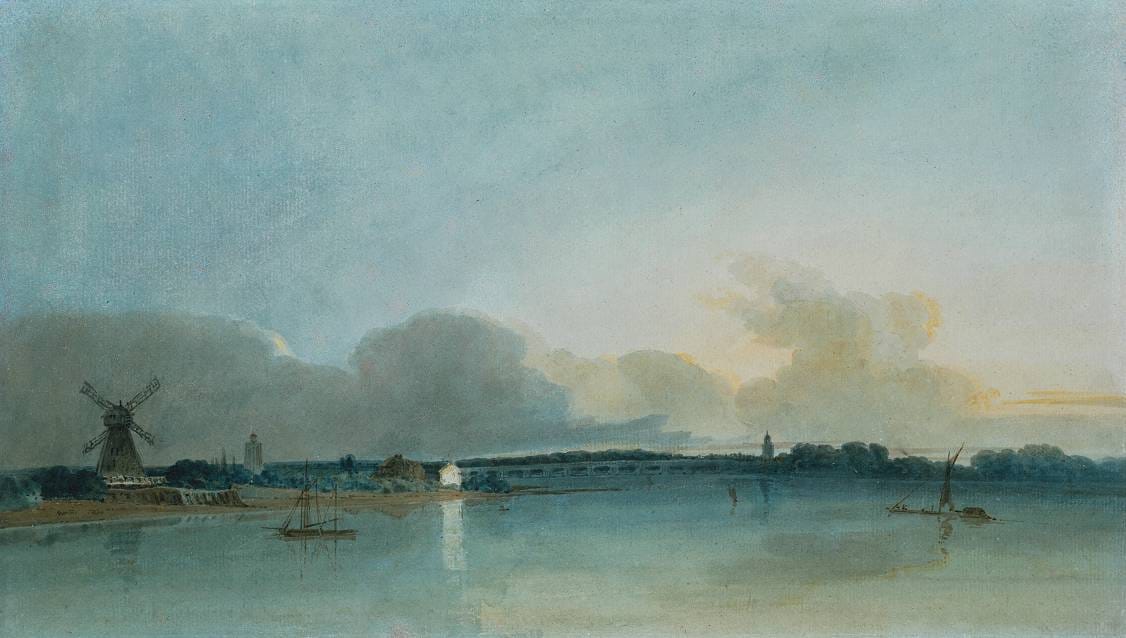
Francesco Guardi (1712-1793)
Francesco Guardi emerged as an exceptional Italian artist who mastered Venetian vedute and was a trailblazer in using watercolor for architectural portrayals. Guardi gained more fame through his oil paintings yet his watercolors maintained equal importance in capturing Venice and its landscapes.
Guardi created "View of the Rialto Bridge" by utilizing watercolor washes that captured precise details and reflected shimmering light on the canal waters to represent the famous landmark. His watercolor talents allowed him to capture Venice as a vibrant city where its rigid architectural formations seamlessly blended into gentle surrounding landscapes.
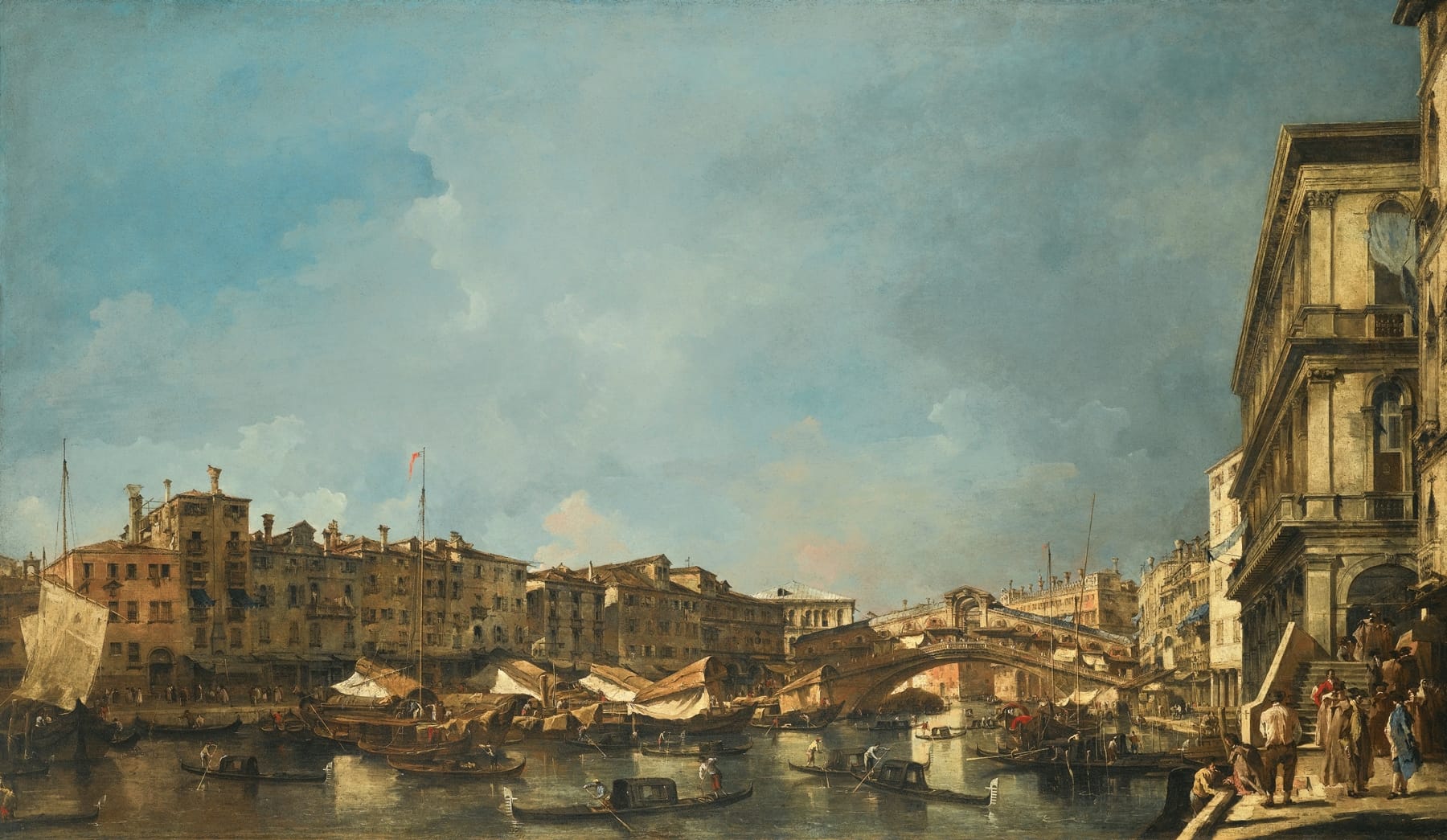
William Blake (1757-1827)
Through his visionary artistic style William Blake created intricate and symbolic watercolor paintings that significantly pushed the boundaries of the field. Through his watercolors William Blake investigated advanced spiritual and philosophical concepts by employing mystical themes and allegorical subjects. His use of strong vivid colors along with intricate details produced an ethereal atmosphere in his artwork.
William Blake demonstrated his watercolor expertise in "The Ancient of Days" (1794) through its iconic depiction. The artwork presents Urizen who stands as a mythological symbol representative of reason and order. The striking contrast between Blake's intense fiery colors and the fine figure lines in his work demonstrates his ability to create visionary images with deep symbolic significance.
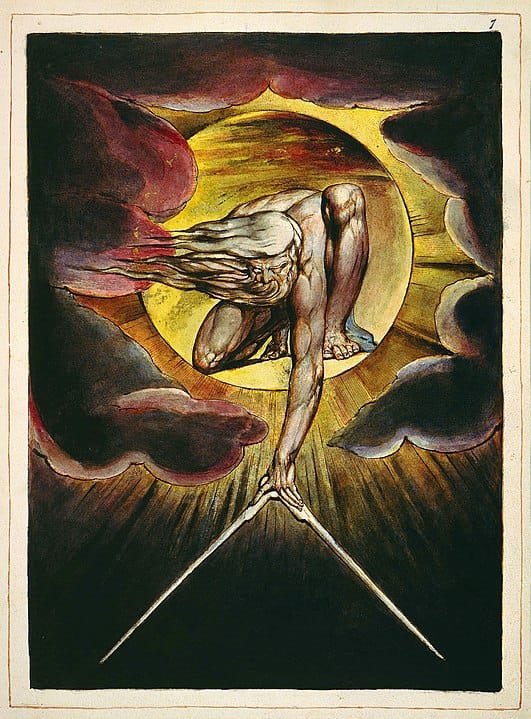
James McNeill Whistler (1834-1903)
Although James McNeill Whistler achieved recognition through his oil painting masterpieces he also created remarkable artworks using watercolor. James McNeill Whistler created atmospheric watercolor landscapes of rivers and harbors that emphasized mood. Whistler's fluid artistic method transformed watercolor into a recognized fine art medium by emphasizing mood and tonal expression over detailed representation.
"Nocturne: Whistler's watercolor "Nocturne: Blue and Gold – Old Battersea Bridge" (1872-1875) showcases his skillful atmospheric technique in watercolor painting. The painting captures a peaceful dreamlike atmosphere by merging blue with yellow and gold tones softly. Whistler showed watercolor's capability to portray sophisticated emotional atmospheres through his emphasis on color harmonies and how light interacts with water surfaces.
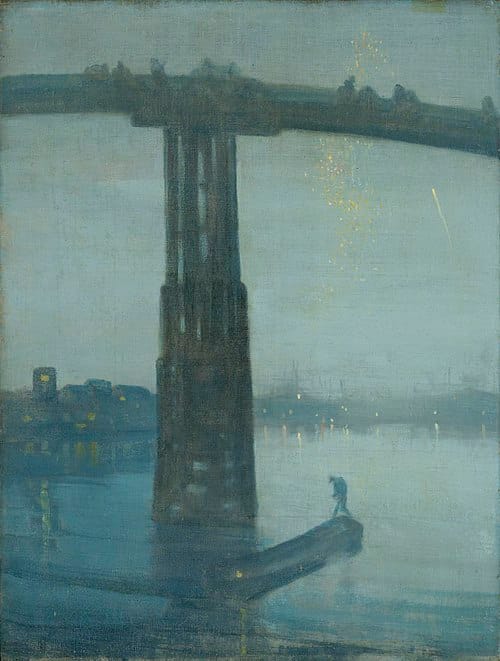
Georgia O'Keeffe (1887-1986)
Georgia O'Keeffe who painted big flower portraits and landscapes worked with watercolors while she first started developing her art. While Georgia O'Keeffe became famous for her oil paintings her watercolor works served as a crucial foundation for developing her unique artistic style through experimentation with abstraction and form. Through her use of vivid colors her paintings display personal views of landscapes which reveal her deep connection with nature.
The 1923 watercolor "Grey Lines with Black, Blue and Yellow" reveals O'Keeffe's exceptional ability to use watercolor abstraction to represent natural forms. Her flowing curves combined with vibrant colors demonstrate her natural bond to the environment while showing her ability to capture nature's essence and energy through a simple yet powerful approach.
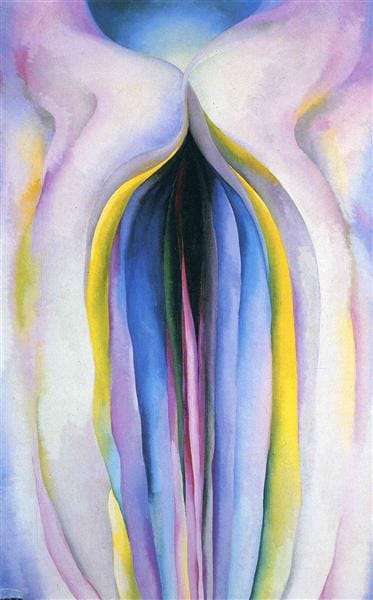
The masters who painted historical watercolors brought about deep and lasting impacts. Turner and Girtin developed watercolor painting as a respected medium using innovative methods that contemporary artists still draw inspiration from.
Through their work with watercolor these early artists demonstrated how the medium could represent subtle light and natural elements alongside profound emotional expression. Iconic historical works emerged from these artists due to their technical expertise combined with their ability to evoke profound emotions and capture the essence of nature.
The development of watercolor art started with Albrecht Dürer's plant drawings and reached new heights with J.M.W. Turner's large atmospheric landscapes. Turner’s expansive atmospheric landscapes. The artistic medium of watercolor evolved from a basic sketching instrument into an esteemed form of artistic expression with J.M.W. Turner's work serving as evidence. Turner's work. Artists throughout history transformed watercolor from a basic sketching tool into a respected art form by showing its subtle and fluid nature could express deep emotion and reveal the world's beauty in a powerful way.


